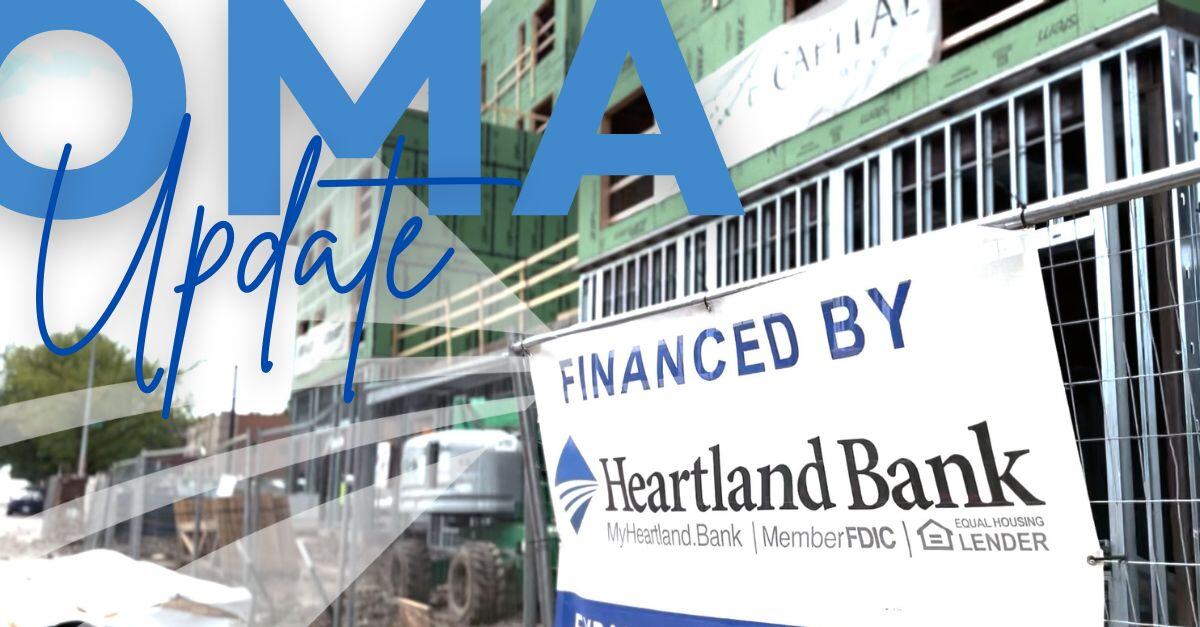The payments industry is evolving fast—and 2025 will bring major shifts every business needs to know. From real-time payments to AI-driven fraud protection, staying ahead of these trends is key to staying competitive.
The payments landscape is evolving faster than ever, and for businesses of all sizes, keeping up is no longer optional. From real-time payment systems to AI-powered fraud protection, 2025 is shaping up to be a transformative year. Staying ahead of these trends can help your business improve efficiency, reduce risk, and deliver better customer experiences.
Why It Matters
Adapting to new payment technologies and regulations allows your business to streamline operations, strengthen security, and ensure compliance. Ignoring these changes could mean lost revenue, higher fraud risk, or even regulatory penalties.
Here are five payment trends every business should be tracking in 2025:
1. RTP® and FedNow® Expansion
The demand for instant payments is here to stay. The FedNow® Service and RTP® (Real-Time Payments) network now enables businesses to send and receive funds instantly, offering major improvements in cash flow management, payroll processing, and vendor payments.
Why it matters:
-
Immediate transaction processing = faster access to funds
-
Enhanced customer satisfaction with real-time refunds or disbursements
-
More agility in managing day-to-day financial operations
2. Fraud Prevention and Cybersecurity
With the rise in digital payments comes a spike in fraud attempts. Cybercriminals use more sophisticated tactics, including business email compromise (BEC), account takeovers, and synthetic identity fraud.
What your business should do:
-
Implement AI-driven fraud detection
-
Use multi-factor authentication (MFA)
-
Provide ongoing employee training on cyber threats
3. Regulatory Compliance and Payment Standards
As payment regulations continue to shift, staying compliant has never been more important. Updates from Nacha, PCI DSS, and the CFPB are changing how ACH and card payments must be handled.
Key reminders:
-
Keep up with your Beneficial Ownership Information (BOI) filing obligations
-
Monitor Payment Insider and other financial resources for regulatory updates
-
Avoid fines by ensuring internal systems and vendor processes meet new standards
4. Embedded Finance and Banking-as-a-Service (BaaS)
Embedded finance is reshaping how businesses interact with customers. By integrating financial services like lending, payments, or insurance directly into platforms, companies can offer seamless customer experiences and unlock new revenue streams.
Industries seeing success include:
-
Retail (embedded checkout options)
-
Professional services (built-in financing tools)
-
Manufacturing (supplier payment automation)
5. The Role of AI and Machine Learning in Payments
Artificial intelligence is no longer the future—it’s the present. AI and machine learning are now being used to streamline payment operations, detect fraud in real-time, reduce human error, and even tailor services to individual customers.
Benefits of AI in payments:
-
Faster, smarter fraud prevention
-
Seamless transaction automation
-
Improved customer engagement through personalization
Stay Informed and Stay Ahead
In 2025, staying competitive means staying informed. Your business will be better positioned to thrive in a rapidly shifting financial environment by proactively understanding and applying these five payment trends.
Heartland Bank is a family-owned bank located in 15 communities across the heart of Nebraska. Its vision is to improve the lives of customers, associates, and communities. Heartland Bank is a six-time recipient of American Bankers' Best Banks to Work For award.

-1.png?width=788&height=412&name=Blog%20Banner%20(17)-1.png)
-1.png)
.png)
-1.png)
.png)
-1.jpg)
.png)

.png)
.png)
.png)
